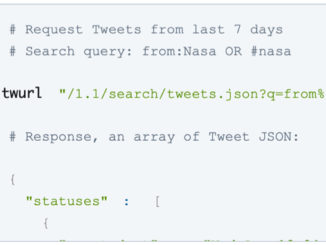This class shows you how to make your scripts more interactive for users with the input() function, argparse module and shebangs.
- 00:00 Intro
- 04:39 Shebang
- 11:29 Input() Function
- 19:28 Argparse Module for Arguments
- 25:42 Network Monitor Demo with Shebang and Argparse
- 34:34 Final Thoughts
shebang-hello.py
#!/usr/bin/env python3
print('Hello there fellow Geeks!')input.py
message = input('What is your message: ')
print(f'you said "{message}"')input-add.py
num1 = input('num1: ')
num2 = input('num2: ')
answer1 = num1 + num2
answer2 = int(num1) + int(num2)
print(answer1)
print(answer2)arg-input.py
import argparse
parser = argparse.ArgumentParser(description="Add 2 Numbers")
parser.add_argument('first', help='first number', type=str)
parser.add_argument('second', help='second number', type=str)
args = parser.parse_args()
print(args)
answer1 = args.first + args.second
print(answer1)
answer2 = int(args.first) + int(args.second)
print(answer2)arg-ping.py
#!/usr/bin/env python3
import argparse
import os
from time import sleep
parser = argparse.ArgumentParser(description="Ping a Host")
parser.add_argument('host', help='Enter an IP or Host Name', type=str)
args = parser.parse_args()
while True:
try:
command = f'ping -c 1 {args.host}'
response = os.popen(command)
response = response.read()
except:
response = 'FAIL'
os.system('clear')
print(command)
print(response)
sleep(1)



Be the first to comment